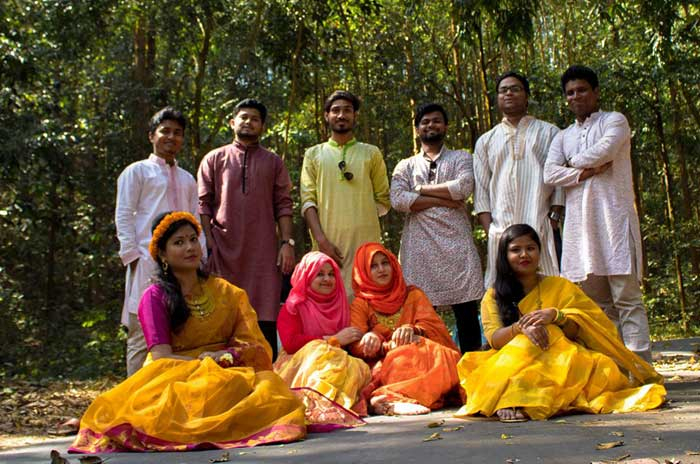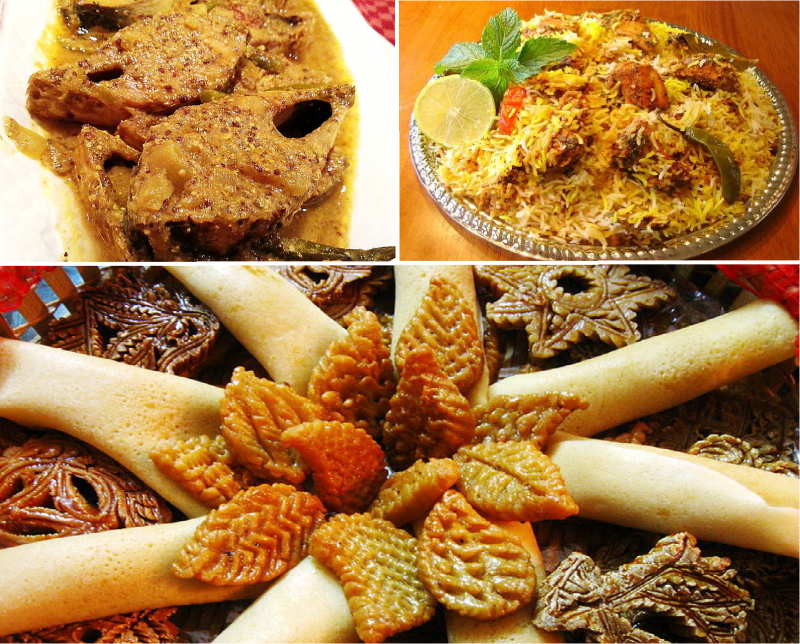Clothing And Cuisine
Bangladesh has unusual dress preferences. Lungis are the preferred informal attire for Bangladeshi males in rural areas, while suits or shirts and trousers are the preferred formal attire. For cultural and religious occasions, men wear traditional clothing known as Panjabi. Young girls also wear salwar kameez, but the sari is the traditional and predominant clothing for ladies. It is one of the unique cultural characteristics of Bangladesh.
Bangladesh and the nearby Indian state of West Bengal have similar culinary histories. But there are several differences between the two areas. Meat consumption is higher in Bangladesh, which has a plurality of Muslims, whereas vegetarianism is more common in West Bengal, which has a majority of Hindus. In many Western nations, especially the UK, the Bangladeshi diaspora dominates the South Asian restaurant market.
Along with a variety of vegetables and lentils, white rice is a cornerstone of Bangladeshi cuisine. Bengali pulaos, khichuris, and biryanis are further rice dishes. In Bangladeshi cuisine, ingredients such as fruit chutneys, ghee, mustard sauce, and sunflower oil are frequently utilized. Bengali cuisine's primary source of protein is fish. Bangladesh's national fish, the hilsa, is incredibly well-liked there. Rohu, butterfish, catfish, tilapia, and barramundi are a few other kinds of fish that are consumed. Fish eggs are a specialty food. Bengali cuisine emphasizes seafood, particularly lobster, shrimp, and dried fish. Chicken, beef, mutton, venison, duck, and squab are among the meats eaten. Mezban feasts are a well-known tradition in Chittagong, where spicy beef curry is served. Shatkora lemons are used to marinate food in Sylhet. The boiling of bamboo shoots is common among the indigenous Hill Tracts.
A wide variety of desserts are available in Bangladesh, including tasty treats like Rôshogolla, Rôshomalai, Chomchom, Mishti Doi, and Kalojaam. Traditional rice-or fruit-based boiling desserts are known as pithas. When there are religious celebrations, halwa is served. The primary local bread includes naan, paratha, luchi, and bakarkhani. As a welcome gesture, milk tea is given to visitors and is the most popular hot beverage in the nation. In Bangladesh, kebabs are very well-liked, especially seekh kebabs, chicken tikka, and shashliks.












